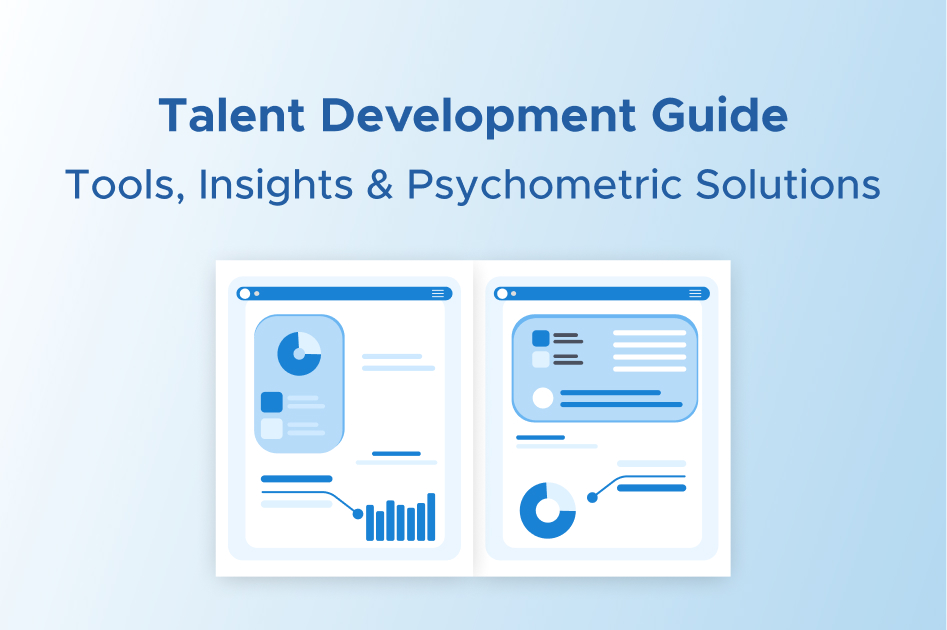180 vs 360 Degree Feedback Surveys: A Choice for Leadership Evaluation

Introduction
Effective leadership is crucial for organizational success in today's competitive business environment. Companies often rely on feedback mechanisms to evaluate and enhance leadership capabilities. The 180 and 360-degree feedback surveys are prominent tools in this regard. Both methods offer valuable insights but differ significantly in scope and application. This article explores the nuances of 180 vs. 360-degree feedback surveys, helping organizations choose the right approach for their leadership evaluation needs.
Understanding 180-Degree Feedback
180 Degree Feedback involves gathering feedback from individuals who interact closely with the leader, typically their direct reports and sometimes peers. This method focuses on the leader's performance from a more limited perspective than 360-degree feedback. The primary goal is to provide insights into areas of strength and opportunities for improvement, primarily from those directly impacted by the leader’s actions.
Benefits of 180 Degree Feedback:
- Focused Perspective: Provides a targeted view of a leader’s performance based on direct interactions with their direct reports, offering clear insights into specific areas of strength and improvement.
- Simplicity: Easier to administer and analyze due to fewer participants, which streamlines the process and reduces administrative burden.
- Cost-Effective: Generally less expensive than 360-degree feedback because of its reduced complexity and fewer data collection requirements, making it a more accessible option for many organizations.
Limitations of 180 Degree Feedback:
- Limited Scope: This may not capture a comprehensive view of the leader’s overall performance as it relies on feedback from a narrow group, potentially missing important perspectives from other stakeholders.
- Potential Bias: Feedback may be influenced by personal relationships or the specific dynamics within the immediate team, leading to biased or skewed evaluations.
- Less Comprehensive: Lacks input from a broader range of colleagues and stakeholders, which can result in missed critical developmental areas and a less holistic view of leadership effectiveness.
Exploring 360-Degree Feedback
360-degree feedback, on the other hand, provides a more holistic view of a leader’s performance. It involves collecting feedback from various sources, including direct reports, peers, supervisors, and sometimes external stakeholders such as clients. This comprehensive approach aims to create a well-rounded profile of the leader’s strengths, weaknesses, and effectiveness.
Benefits of 360-Degree Feedback:
- Comprehensive Insight: Captures feedback from multiple perspectives, offering a more balanced view.
- Enhanced Development: Helps identify blind spots and areas for growth that might not be visible through a single perspective.
- Improved Decision-Making: Provides a fuller picture for better-informed leadership decisions and development plans.
Limitations of 360-Degree Feedback:
- Complexity: More complex to administer and analyze due to the larger number of participants.
- Higher Costs: This can be more expensive because of the extensive data collection and analysis required.
- Potential for Overwhelming: Leaders may receive conflicting feedback, which can be challenging to interpret and act upon.
Choosing the Right Feedback Method
When deciding between 180 and 360-degree feedback surveys, organizations must consider several factors:
- Objective of the Feedback: If the goal is to gain a focused understanding of how a leader is perceived by their direct reports, the 180-degree feedback may suffice. For a more comprehensive evaluation, 360-degree feedback is preferable.
- Resources Available: Assess the resources available for implementing and analyzing the feedback. The 360-degree feedback requires more time and financial investment.
- Organizational Culture: Consider the culture and openness within the organization. 360-degree feedback works best in cultures that value transparency and constructive criticism.
- Specific Needs: Tailor the feedback approach to address specific leadership development needs and organizational goals.
Implementation Tips
For effective implementation of either feedback method, consider the following tips:
- Clear Communication: Communicate the purpose and process of the feedback survey to all participants to ensure transparency and engagement.
- Anonymity and Confidentiality: Ensure feedback is collected anonymously to encourage honest and constructive responses.
- Actionable Insights: Focus on translating feedback into actionable development plans. Provide leaders with support and resources to address the feedback effectively.
- Regular Follow-Up: Regularly review and follow up on the feedback process to track progress and make necessary adjustments.
Conclusion
Both 180 and 360-degree feedback surveys provide essential insights into leadership effectiveness, each with distinct advantages and limitations. The 180-degree feedback offers a focused view of leadership from direct reports, making it suitable for specific performance evaluations. In contrast, 360-degree feedback delivers a comprehensive assessment by incorporating diverse perspectives, which can uncover blind spots and facilitate deeper development. Organizations must carefully evaluate their unique needs, resources, and strategic objectives to select the feedback method that aligns with their goals. By effectively leveraging these feedback tools, organizations can foster robust leadership, promote continuous professional growth, and drive sustained team success.
Related posts
Explore moreEmotional Intelligence Assessments for Recruitment

A Better Approach to Succession Planning Using Assessment Data

